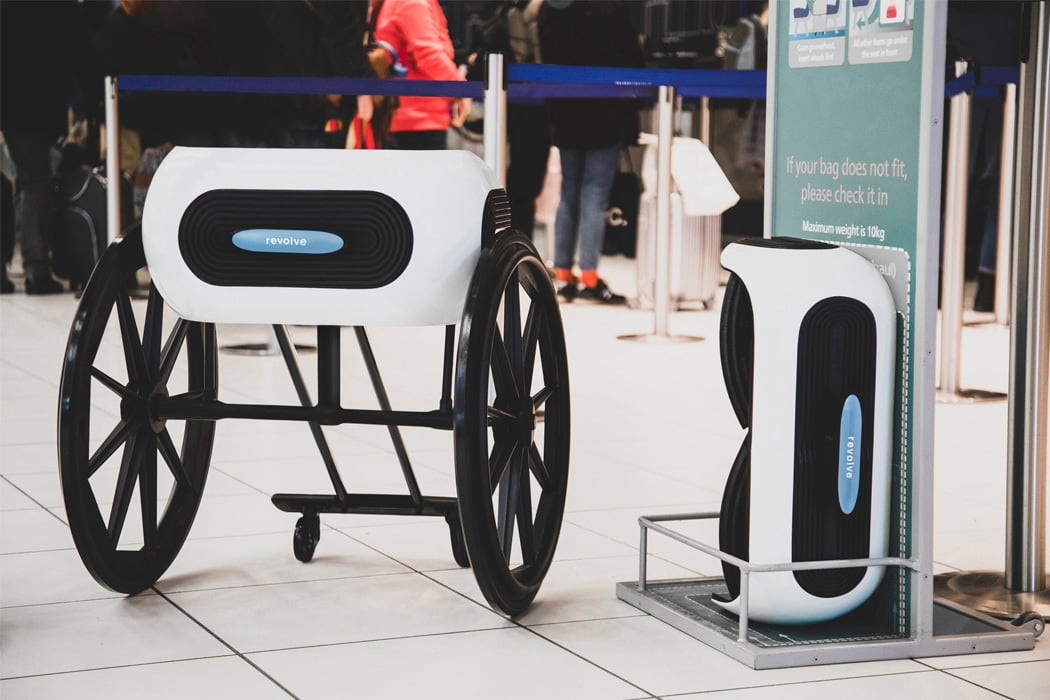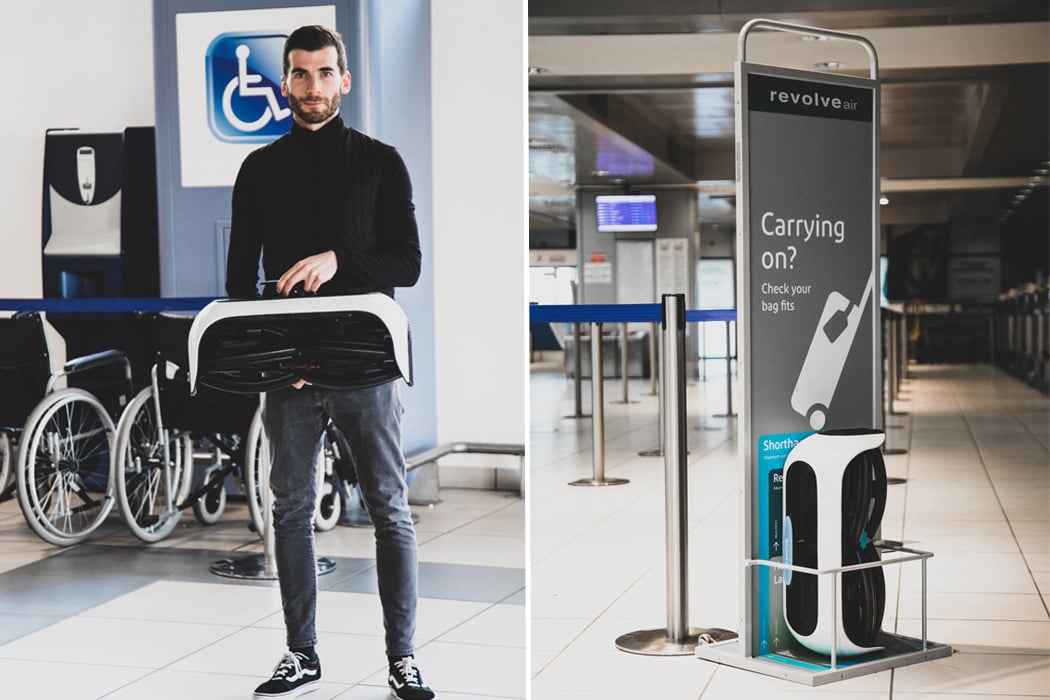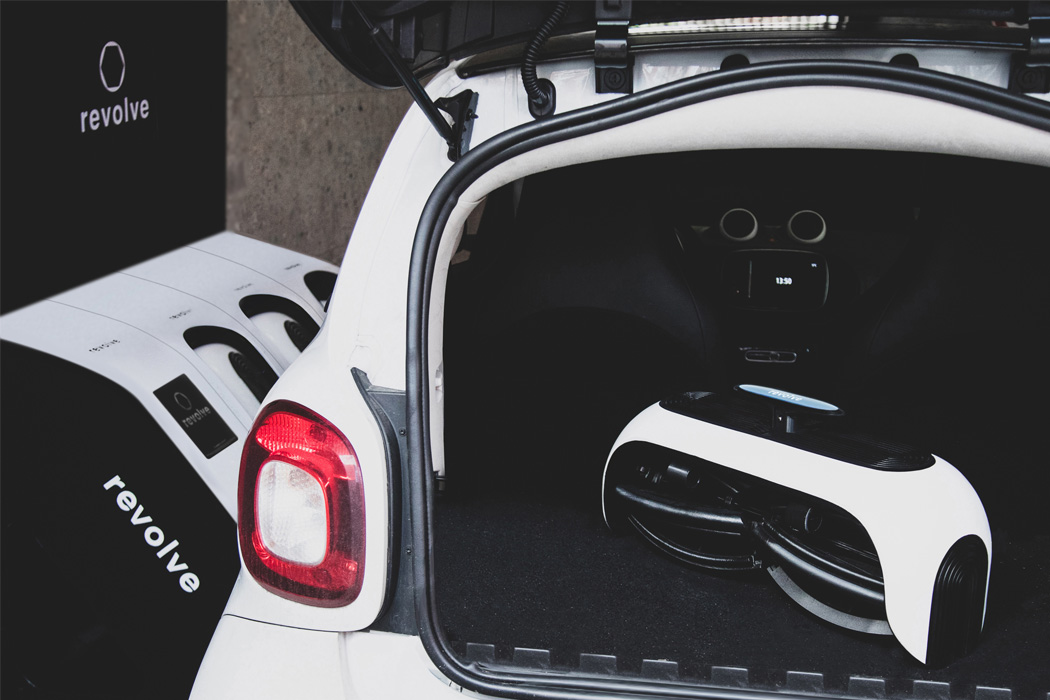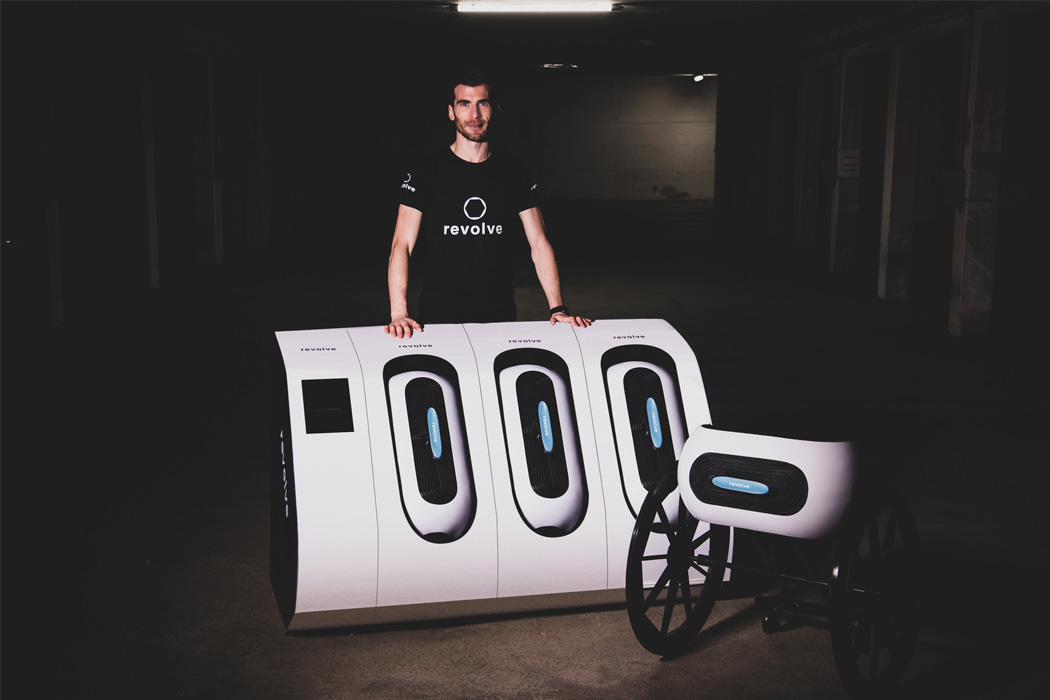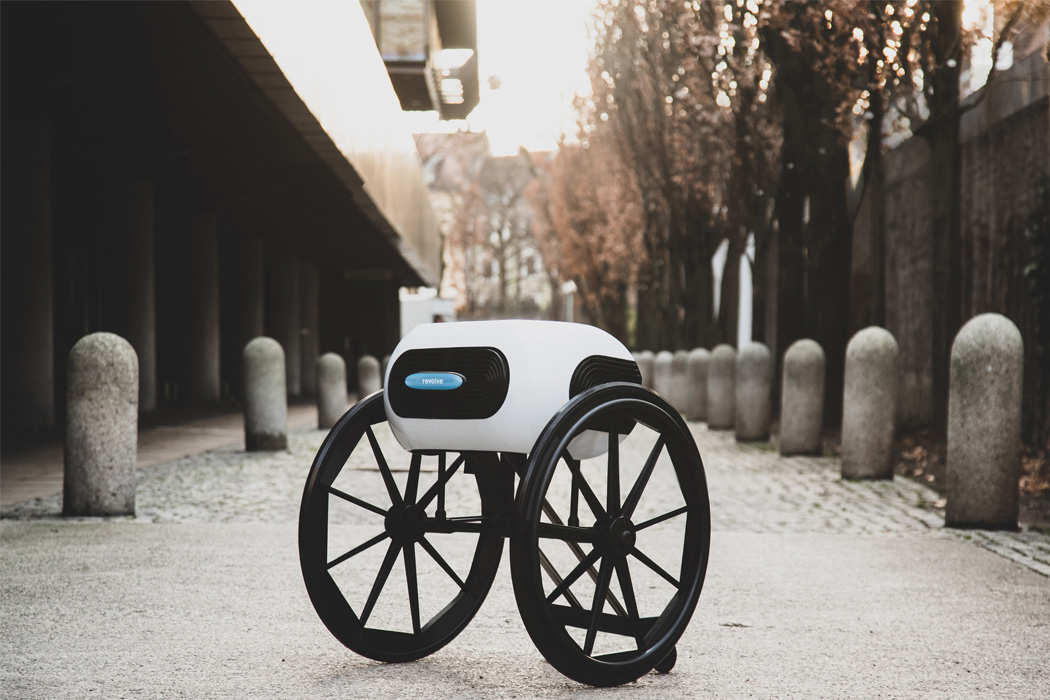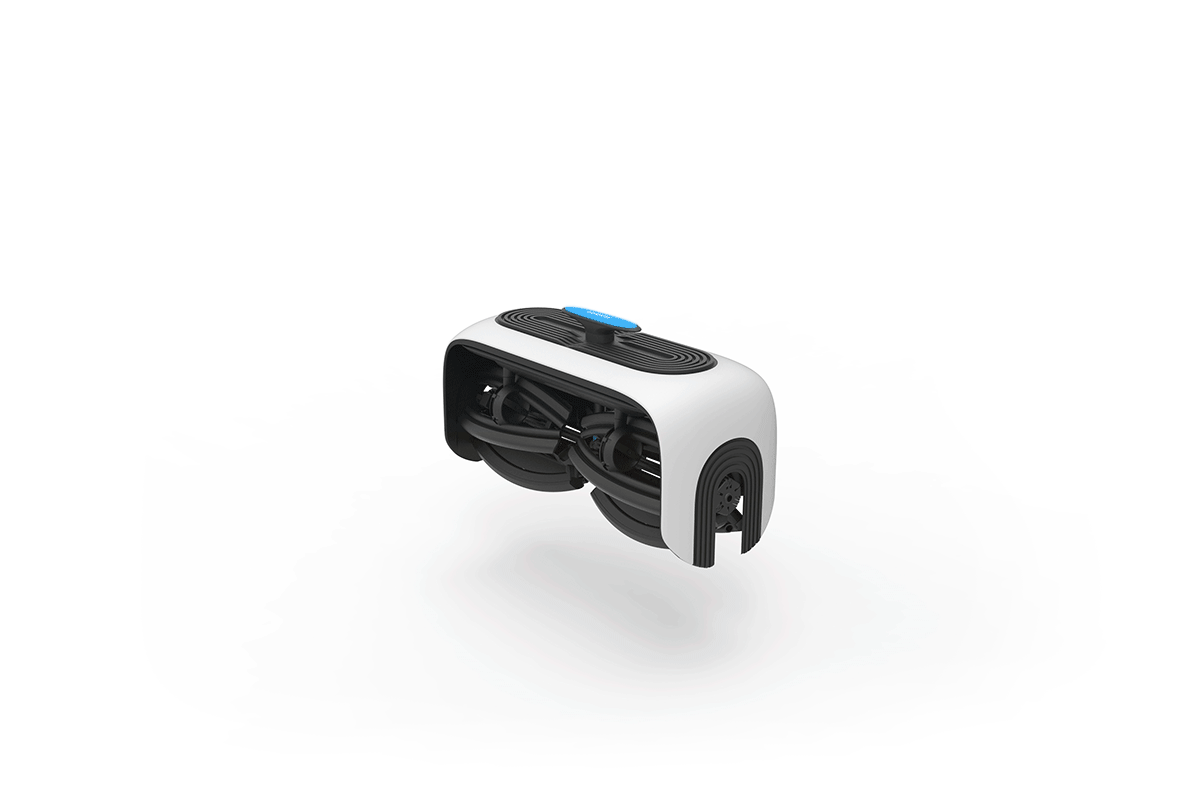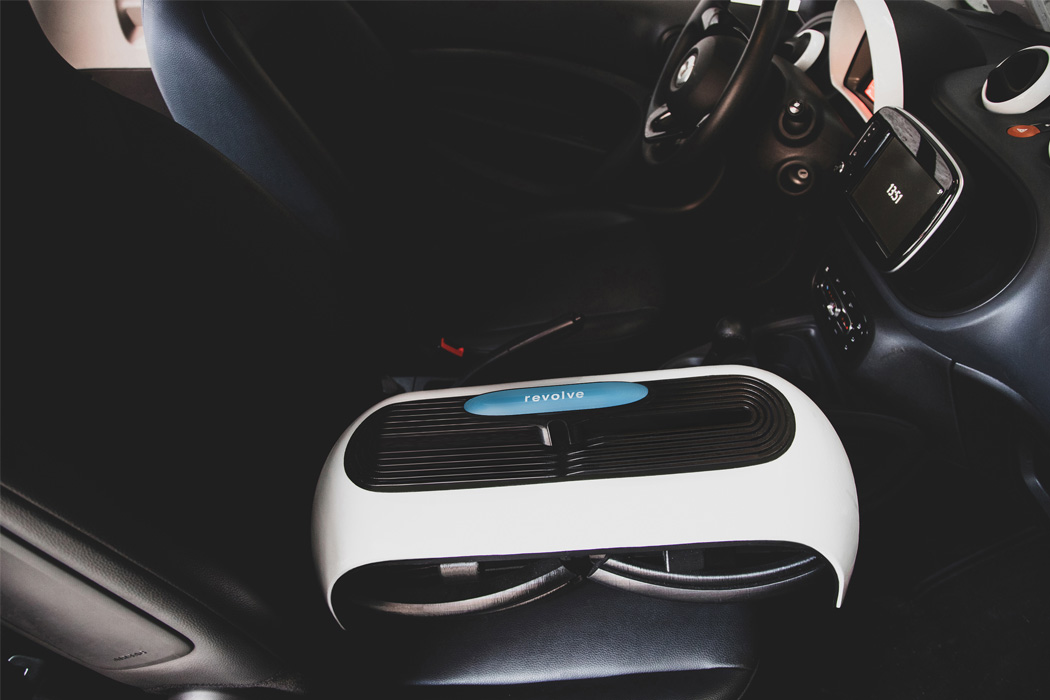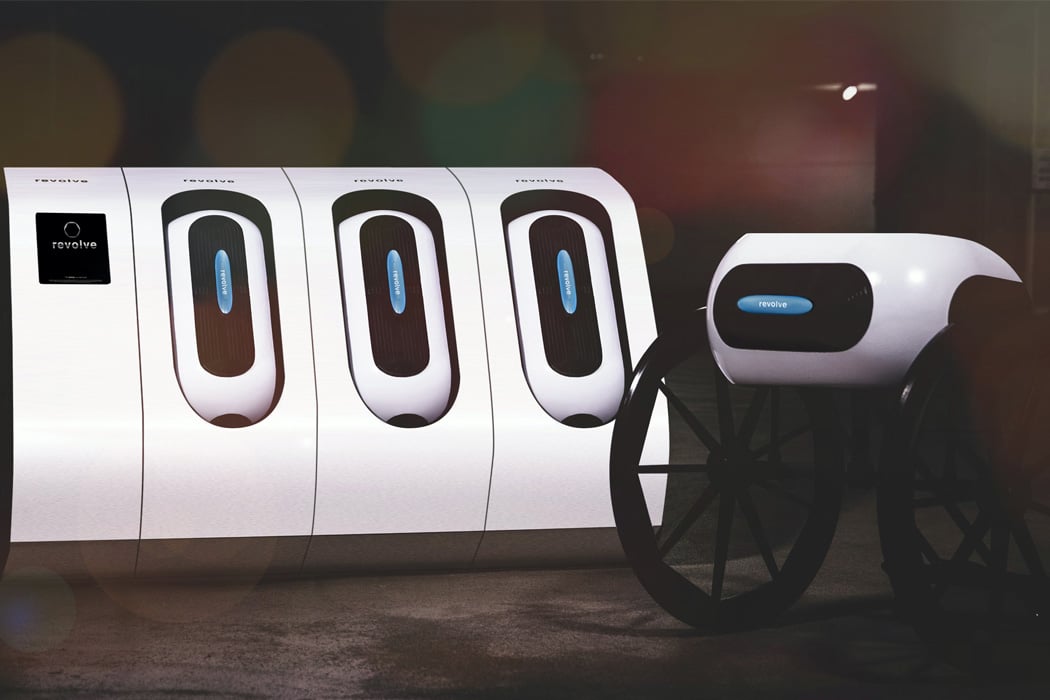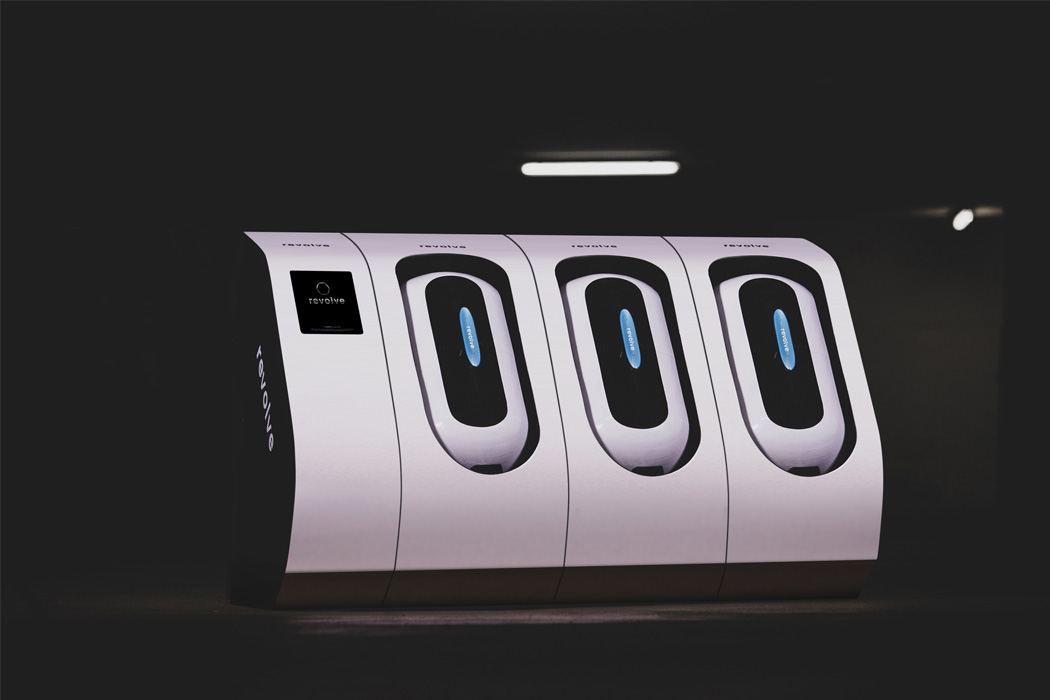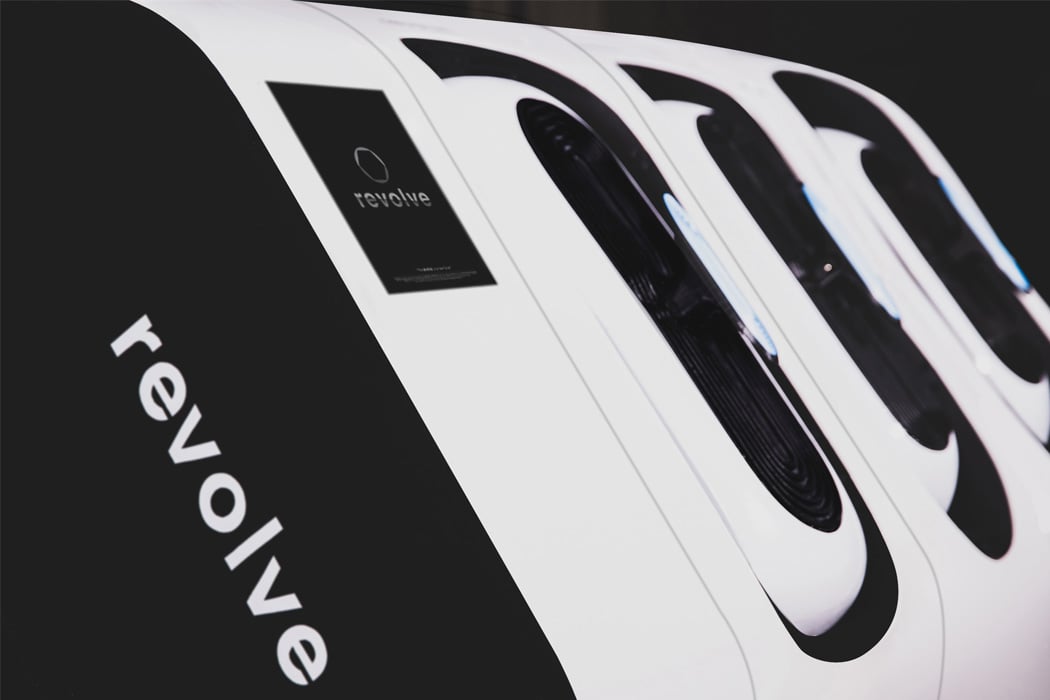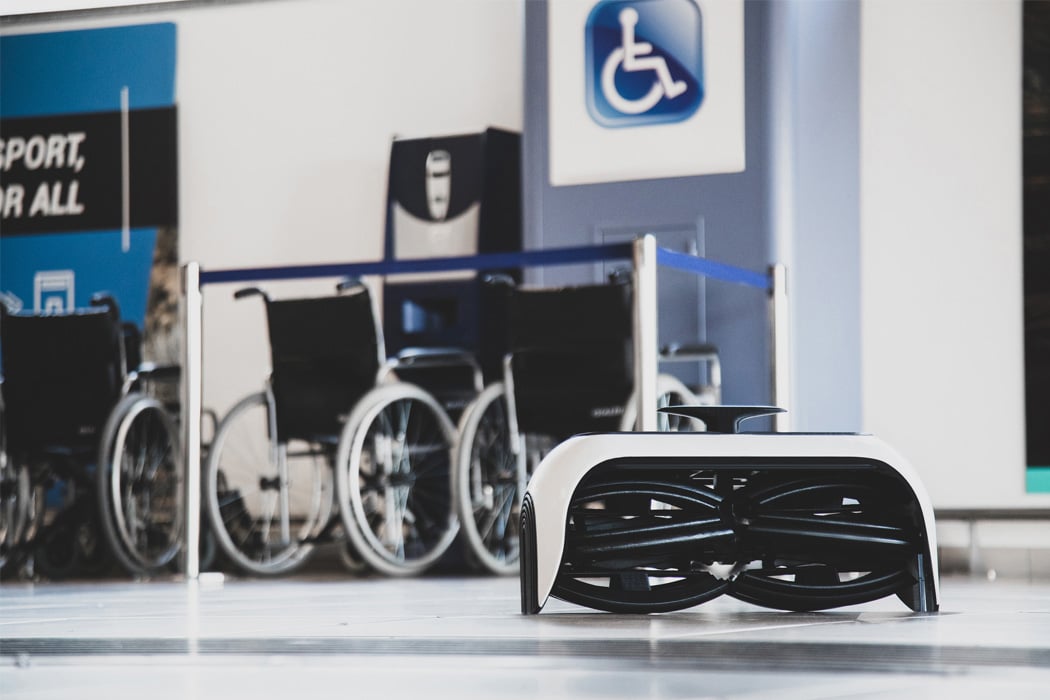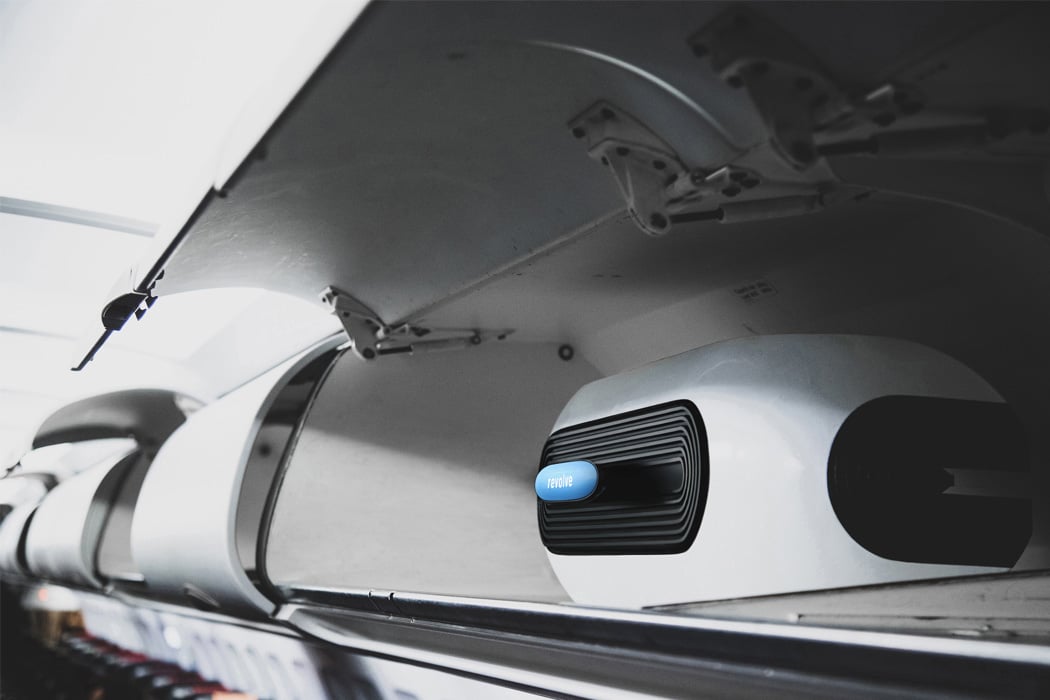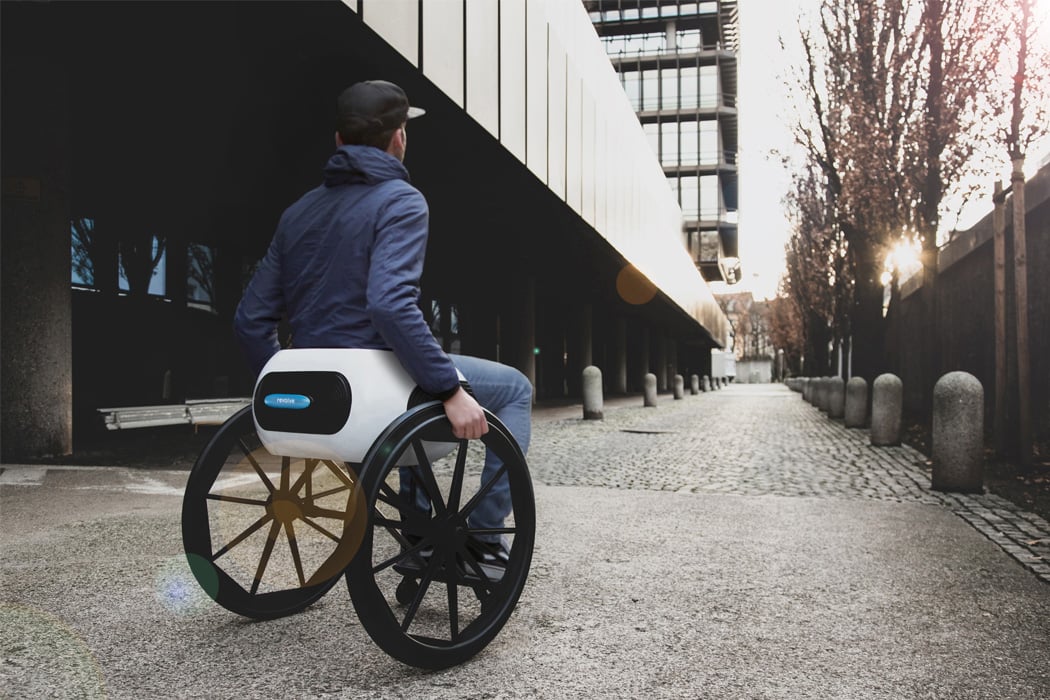Power wheelchairs have made a stark difference to people’s mobility and independence who must use a wheelchair. Honestly, moving around and traveling is not all that simple, even with the convenience of a wheelchair. Especially the size and wheels of the chair can make commuting by trains and planes challenging. As a solution and to revolutionize mobility/travel for people, German designer, inventor Andrea Mocellin has visioned a foldable wheelchair featuring collapsible wheels that can fold down to fit just perfectly in the overhead baggage area. In fact, she says that this particular project takes inspiration from the content on Yanko Design, “unique in the way to give a global perspective to all of the fields that drive my passion for inventing and designing new efficient ways to travel and commute every day.”
The concept of foldable wheelchairs is not a new one – in fact, there are various models, some even capable of folding down to the size of carry-on luggage, but then none have collapsible wheels to make the wheelchair 60 percent more space-saving. Called the Revolve Air, the wheelchair, as Mocellin puts it, is aimed “to give total new independence to active wheelchair users, who commute and travel every day.” A wheelchair that can fold and be used as hand luggage in airplanes will save people time by not having to wait for hours to check-in at the airports. It will also avert the risk of being returned with a damaged chair, which has reportedly been an issue. Many wheelchair users have reported time and again of airlines returning their wheelchairs damaged/tampered with. Knowing that you can have your chair with you just above your seat means the user is content about their chair’s safety during their journey.
The most exciting part of the Revolve Air remains its innovative 24-inch foldable rear wheels that collapse when the chair folds. These are placed side by side on a shared axle and collapse like an umbrella on it. The Revolve Air would open or fold like any other active wheelchair and save almost 60 percent more space because of its folding wheels. The revolutionary new Revolve Air aims to improve the airport wheelchair service – for this, and it will be available for rent from kiosks at the airports. Individual chairs will be available for about $2500, a hypothetical figure at the moment since the first prototype of the Revolve Air wheelchair is expected to begin testing and undergo certifications starting next year.
Designer: Andrea Mocellin
